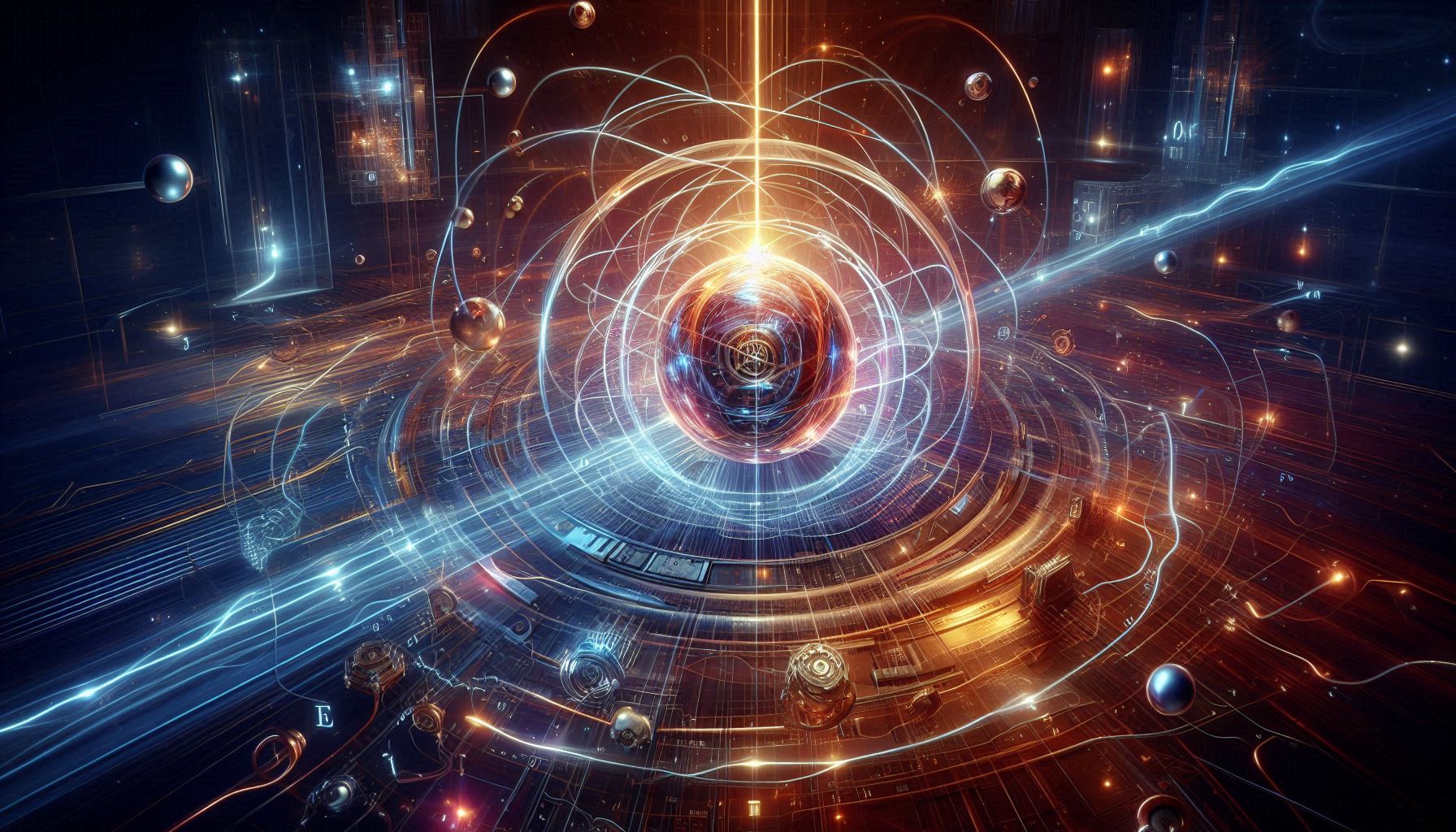When we study matter, we find that something called electrons are created. It seems that the flow of electric current is caused by the movement of electrons, and the atoms that make up all molecules contain electrons. Like photons, electrons are both particles and waves. Electrons are elementary particles that orbit around the nucleus of atoms, and it seems that it is thanks to electrons that matter can bond together, produce light, and carry out life functions.
Binding and repulsive forces
More than 99% of an atom is empty space, about the size of the Tokyo Dome or a marble on a mound. It seems that a strong bond called a covalent bond is created by sharing the outermost electrons of an atom. Also, the outermost electrons repel the electrons of other objects due to the Coulomb force, an electrical force, creating a repulsive force.
Regarding this repulsive force, there seems to be a theory that says that objects cannot actually touch each other in the microscopic world. Objects can get close to each other, but they are pushed back by this repulsive force, and this force is transmitted to the brain as pressure and a sense of touch through the nerves, so they are not actually touching. When you think about the collision of objects, the repulsive force can be quite strong. The power of electricity is amazing.

Electrons have an electrical charge and produce photons
Electrons have a negative charge, while protons in the atomic nucleus have a positive charge, and this attractive force seems to create the strength of matter. The charge of one electron is about -1.6×10-19C, and is called the elementary electron. In other units, charge can be expressed by four constants: Planck’s constant, the speed of light, the fine structure constant, and pi. It’s strange that all of these can be expressed by constants.
Also, electrons seem to produce photons, and emit photons when the energy level goes from high to low, so the world seems to be full of photons, such as sunlight. When electrons collide with positrons, which are antimatter, they annihilate each other and produce photons at the gamma ray level, so electrons and photons are closely related.
Electrons that create life
ATP, the energy currency in living organisms, is generated by the transfer of electrons in the citric acid cycle and the electron transport chain, and photosynthesis and respiration are also carried out in order to transfer electrons appropriately. Living organisms may be more electrical beings than we thought.
Electrons have no size and exist vaguely
Electrons are considered to be points, and their size is not clearly defined. If we were to consider their size, it would be about 1/10,000th of the radius of the atomic nucleus. Their mass is clearly defined, at about 9.11 x 10⁻³¹ kg, which is 1/1836th of a proton. The lack of size means that they exist as energy, rather than as particles. The quantum world is mysterious.
Also, electrons do not orbit around the nucleus like satellites, but rather seem to exist vaguely like a cloud. This is called an electron cloud, and like the afterimage of a rotating fan blade, electrons also exist to cover the entire space. Therefore, electrons are expressed by a probability distribution of “where they are likely to exist” rather than “where they are”, and the shapes of electron clouds seem to include spherical s orbitals, dumbbell-shaped p orbitals, and d orbitals including torus shapes. It’s even more mysterious now.
Electronics is amazing
The presence of electrons is probably important at some point in almost all materials, but the effects of having an electric charge are amazing. It’s also amazing that this world is created by a simple system of positive and negative charges attracting and repelling each other. When you think about it, you wonder what an electric charge is. Electrons are amazing. All the electrons related to the earth are amazing.


